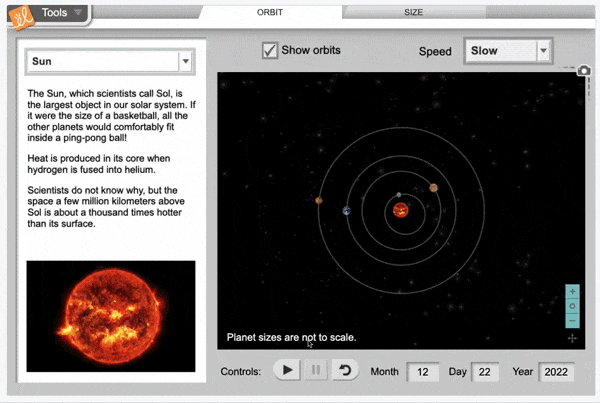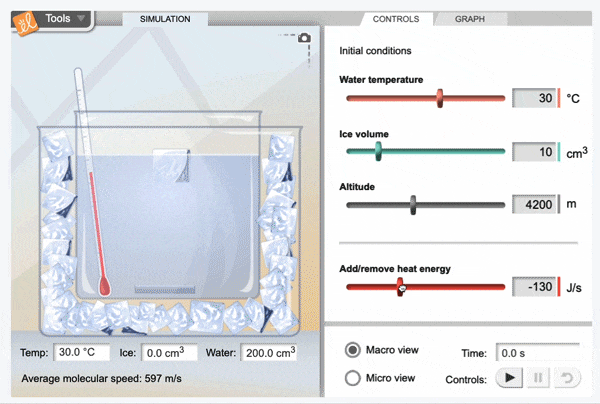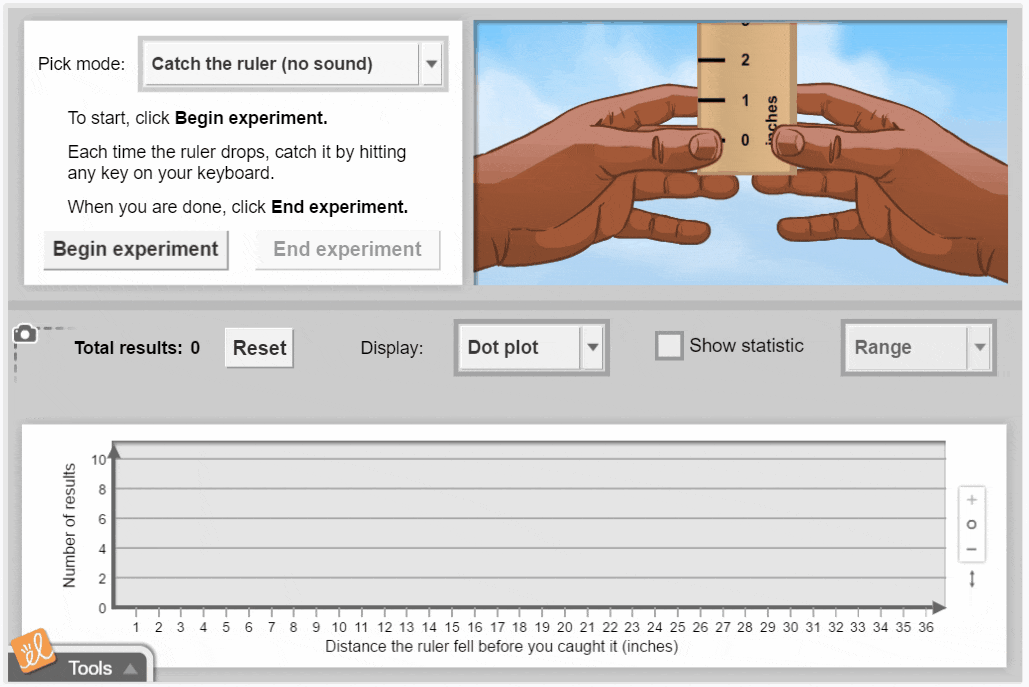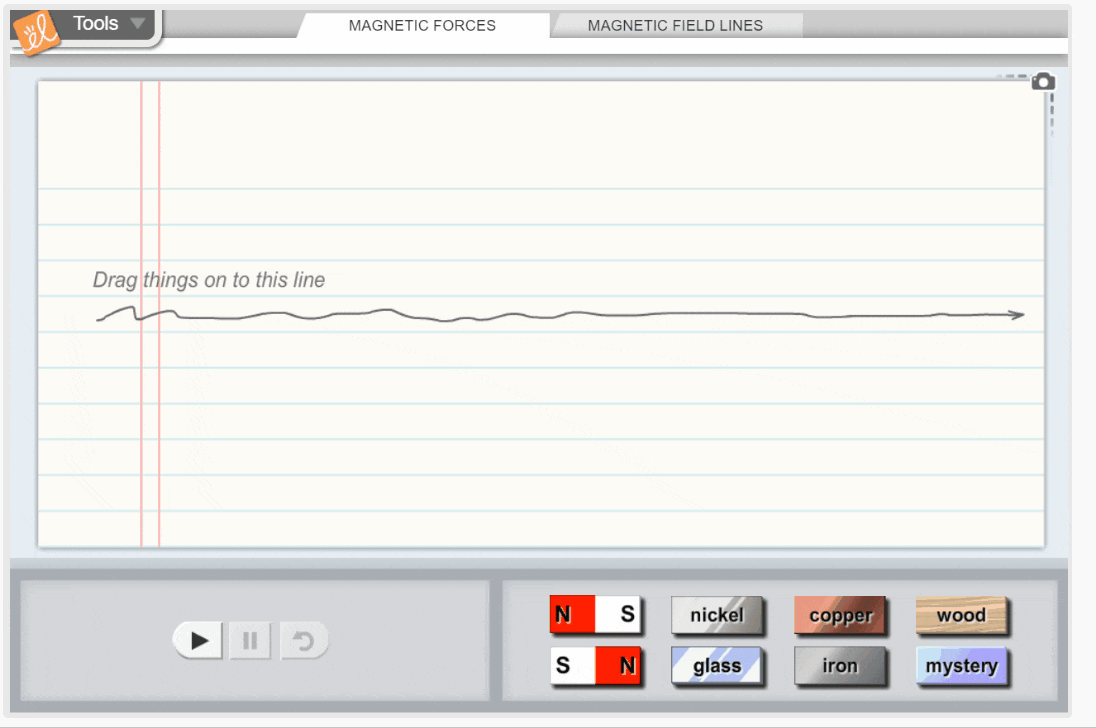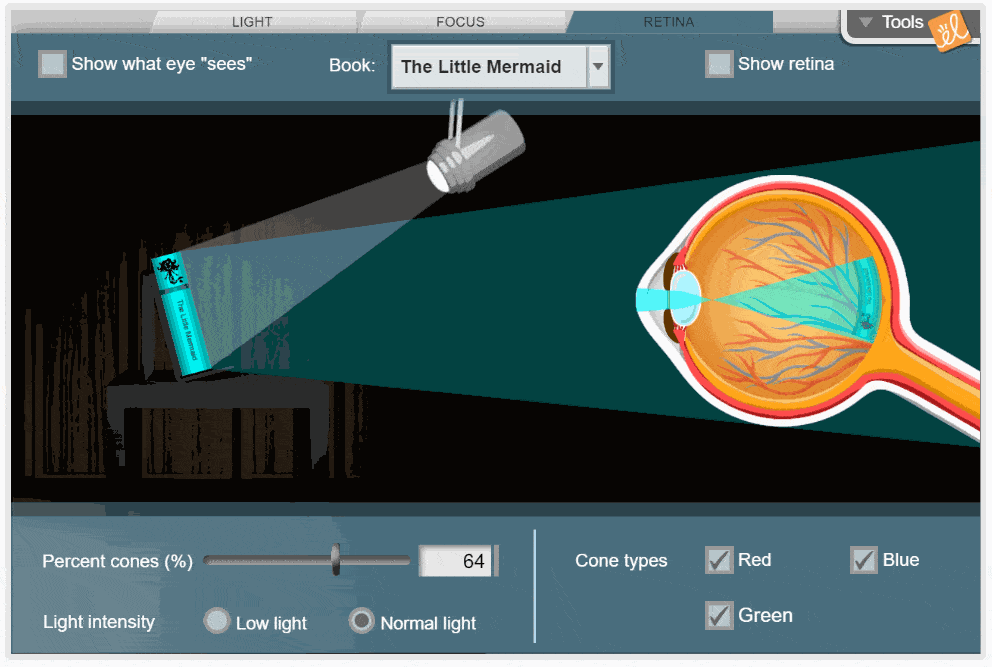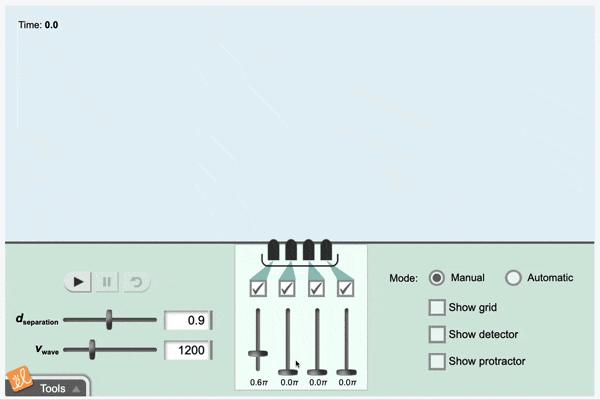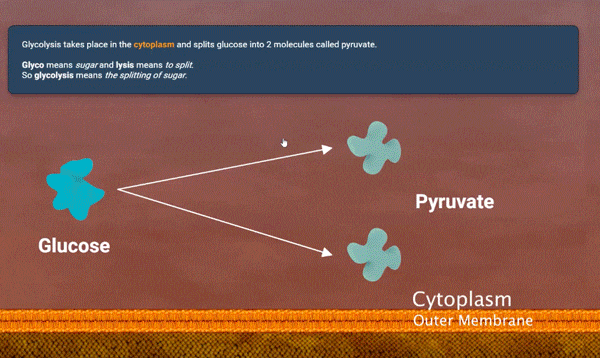Explore the Science (and Math) of Superheroes with Interactive Simulations

It seems like every other movie these days features someone in a costume, saving the world from impending doom. Superheroes are bigger than ever, and there’s probably not a lot of things that get your students going more than a “Marvel vs. DC,” “Who was the best Green Lantern,” or “Who would win—Thor or Aquaman” debate (Thor).
You can use that interest and obsession with superheroes to help your kids develop an interest in math and science! From origin stories, to superpowers, to whatever chemical Doctor Mean is going to pump into the water supply, science and math run throughout. Interactive simulations can enhance student engagement in math and science by allowing them to play, explore, and get to those “ah-ha” moments that make learning fun.
ExploreLearning Gizmos are interactive online simulations and case studies for math and science that power inquiry and understanding through hands-on learning and experimentation. With more than 550 Gizmos covering STEM topics for grades 3-12, students can dig deeper into subjects and really understand challenging concepts.
Check out these Gizmos you can use to investigate the science of superheroes:
Origin Stories
Who doesn’t love a good origin story—nuclear explosions, lab accidents, distant planets, or faraway stars… Take a look at some ways “Bob Smith” could become “Captain Claw” with these Gizmos.
Solar System. In this Gizmo, students explore our solar system and learn the characteristics of each planet. Compare the sizes of planets and their distances from the Sun. Observe the speeds of planetary orbits and measure how long each planet takes to go around the Sun.
Also check out:
Super Powers
You’re not a superhero unless you have a super power or some cool equipment—that’s the rule. From magnetism to changing the temperature of something to a really cool car, these Gizmos will help you figure out how our favorite characters can do what they do. Okay, they really can’t do those things, but it’s fun to hypothesize.
Control the Temperature and Weather
Phase Changes. The Phase Changes Gizmo illustrates how molecular motion is related to phase changes. As students add heat to the system, molecules move faster and phase changes occur—ice melts and water boils. When heat is taken away, condensation and freezing occur. Students can create a graph of temperature vs. time, and the altitude can be changed as well.
Also check out:
Super Strength and Speed
Reaction Time. In a well-known experiment, one person holds a ruler vertically, and another tries to catch the ruler when it is dropped. The faster the catch, the smaller the number on the ruler will be. The Reaction Time 1 Gizmo allows students to try this experiment and several others in a controlled environment. For more details about teaching this Gizmo, check out the Professional Development Video. The Reaction Time 2 activity focuses on range, mode, and median of a data set.
Also check out:
Magnetism. In the Magnetism Gizmo, students can work with bar magnets and a variety of materials. On the Magnetic Forces tab, students can see what combinations of magnets and materials result in attraction, repulsion, or no movement at all. On the Magnetic Field Lines tab, students use iron filings to observe magnetic field lines.
Super Hearing and Super Sight
Eyes and Vision series. The Eyes and Vision Gizmo explores three aspects of how we see. The first lesson, Seeing Color, explores how different colors of light are reflected and absorbed. By experimenting with different combinations of colored lights and colored objects, students will build a model of how we perceive color. Follow up this exploration with the Focusing Light and Sensing Light lessons.
Also check out:
- Hearing: Frequency and Volume
- Sight Vs Sound - For more details about teaching this Gizmo, check out the Professional Development Video.
- Sound Beats and Sine Waves
Cool Tools
Phased Array. Hidden objects can be detected by reflecting waves from their surfaces. While a single reflected wave can give the distance to an object, the exact position of the object is still unknown. One way to solve this problem is to use a phased array to create a focused beam. With the Phased Array Gizmo, students can learn how a beam of constructive interference is used to identify the location of an object.
Nemeses
Saving the world from bad stuff is job #1 for superheroes, and for many STEM professionals as well. Although they’re not battling Doctor Mean, with these Gizmos Interactive STEM Cases your students can see what it’s like to be a STEM superhero by saving lives and fighting crime.
Cell Respiration. In this interactive STEM Case, students step into the role of a medical toxicologist and learn about cell respiration to save the life of a CIA agent that has been poisoned.
Also check out:
- Properties of Matter
- Chemical and Physical Changes
- Electrons and Chemical Reactions
- Diffusion - For more details about teaching this Gizmo, check out the Professional Development Video.
Think this all sounds pretty super? Learn more about Gizmos.
